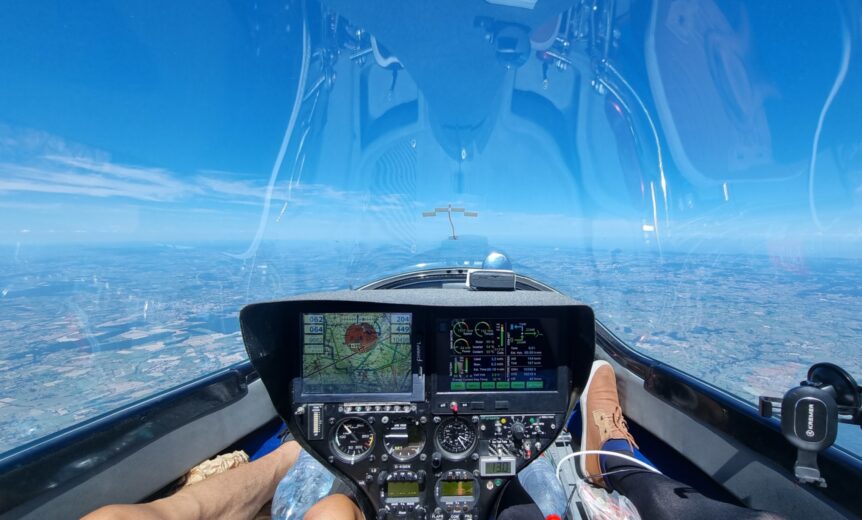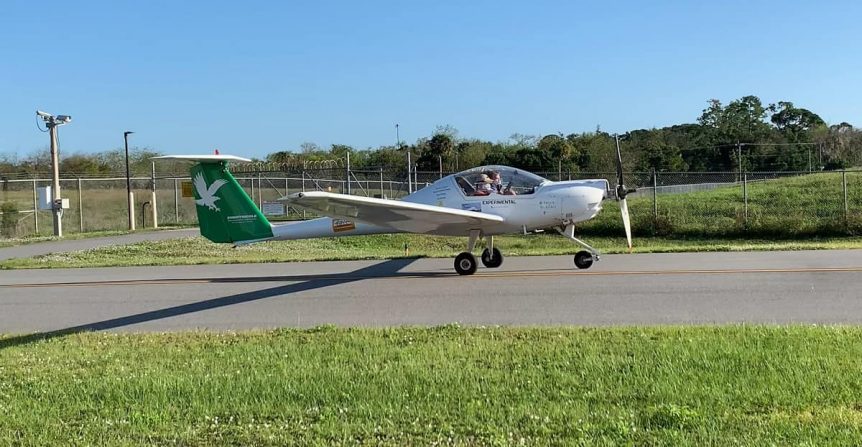Klaus Ohlmann and Jonas Lay in the one-and-only eGenius just completed a 2,003 kilometer (1,244 mile) trip from Germany to the Atlantic Ocean on the southern tip of France and return. The numbers are spectacular. The flight averaged 190.36 kilometers per hour (118.28 mph) and its hybrid power system consumed a mere 81 liters of fuel. That works out to 24.72 kilometers per liter or 58.15 mpg. Even a Prius at that speed would guzzle gasoline. Hybridizing eGenius eGenius was to have originally been HydroGenius, flying on gaseous hydrogen. Starting design in 2006 and as presented at the 2009 Electric Aircraft Symposium, HydroGenius was designed by Rudolf Voit-Nitschman, Len Schumann, and Steffen Geinitz of the IFB, Institute of Aircraft Design at the University of Stuttgart. Because Mercedes-Benz did not have their fuel cell available, the designers turned to pure battery power and the airplane became eGenius. The craft won second place in the NASA Green Flight Challenge sponsored by Google …
That’s the eSpirit!
We reported in the blog four years ago that Embry Riddle Aeronautical University not only displayed their eSpirit of St. Louis at AirVenture that year, but ran the motor for the crowd. The crowd included Federal Aviation Administrator Michael Huerta, who sat in the cockpit during the runup. The eSpirit of St. Louis A product of Embry-Riddle, eSpirit is finally making its presence on the taxiway known. Kelly Pratt, writing in the Embry Riddle Aeronautical News, reports, “After nearly four years of perseverance, the Eagle Flight Research Center (EFRC) team at Embry-Riddle is celebrating a milestone in its electric propulsion research: its Diamond HK-36 completed a successful taxi test exclusively on electrical power at the Daytona Beach International Airport.” Erik Lindbergh, grandson of Charles, has been a guiding factor in eSpirit’s development, and the airplane reflects his grandfather’s “notion of balance between aviation and the environment.” The quarter-mile on the taxiway may seem like a short trip, but student Sanay …


